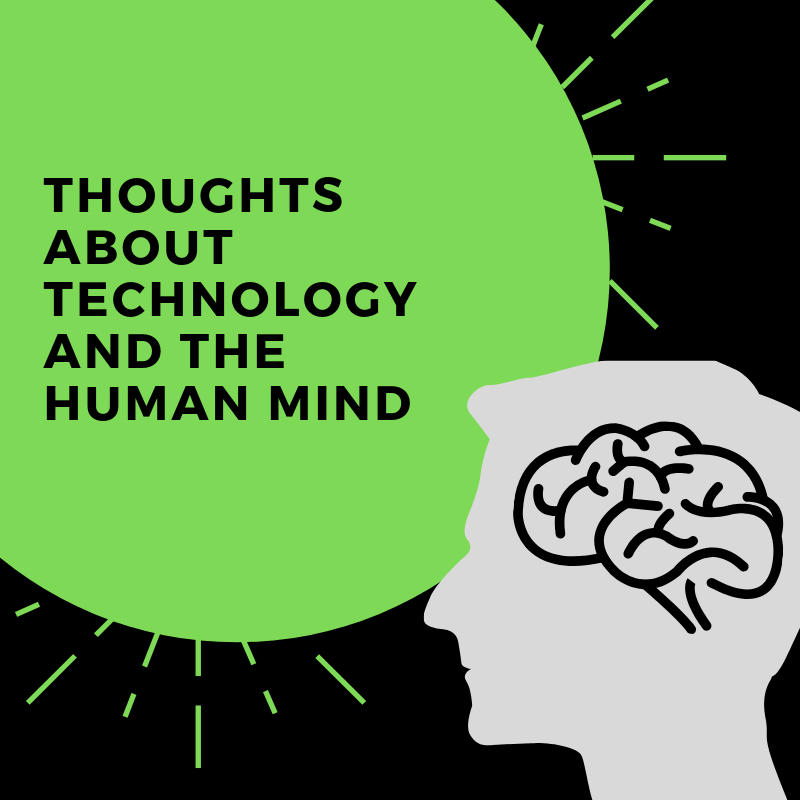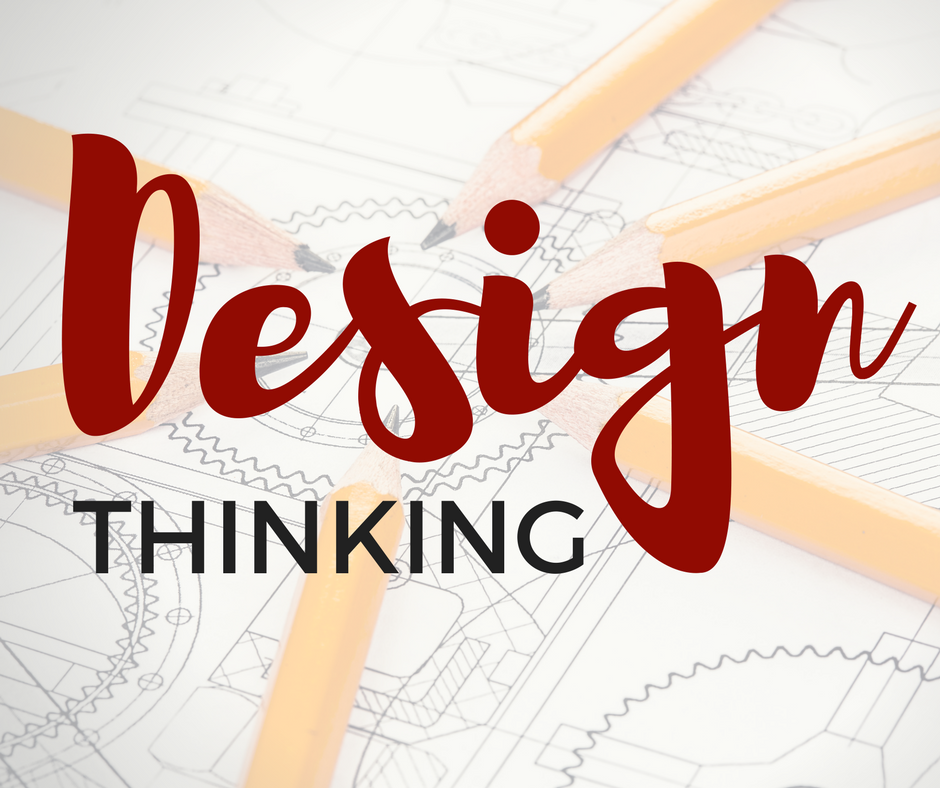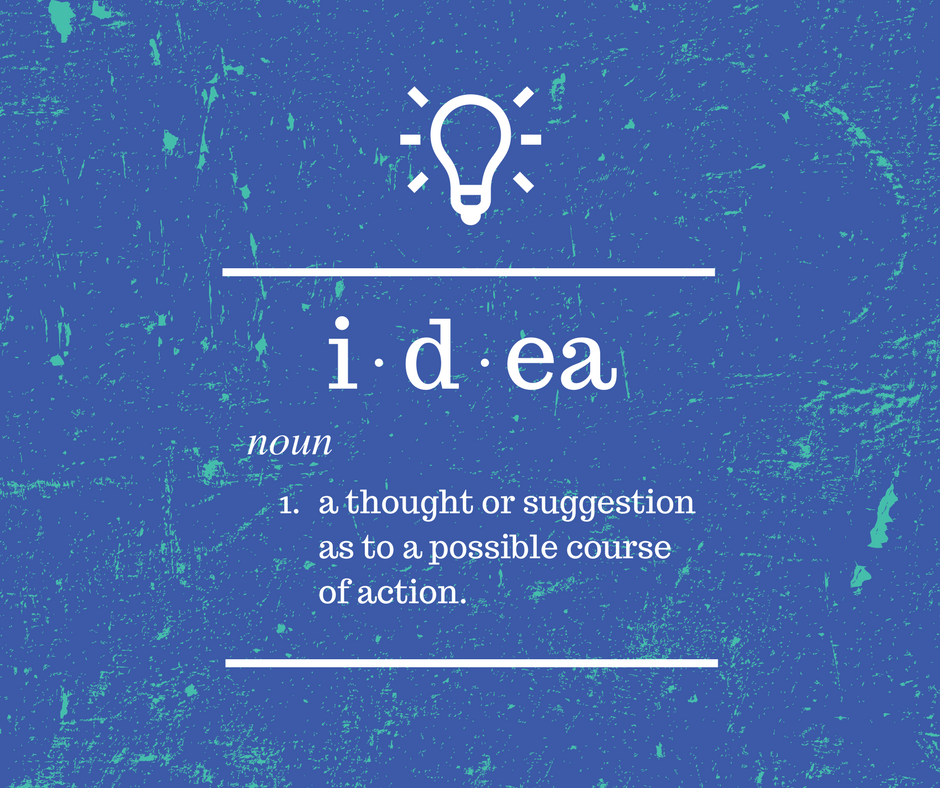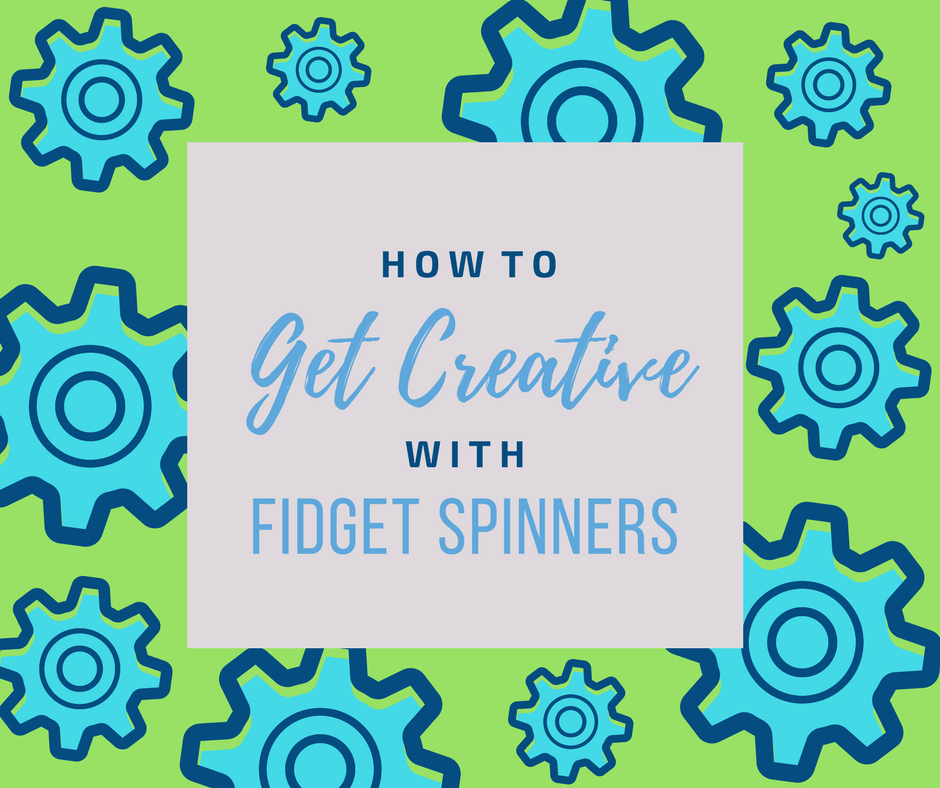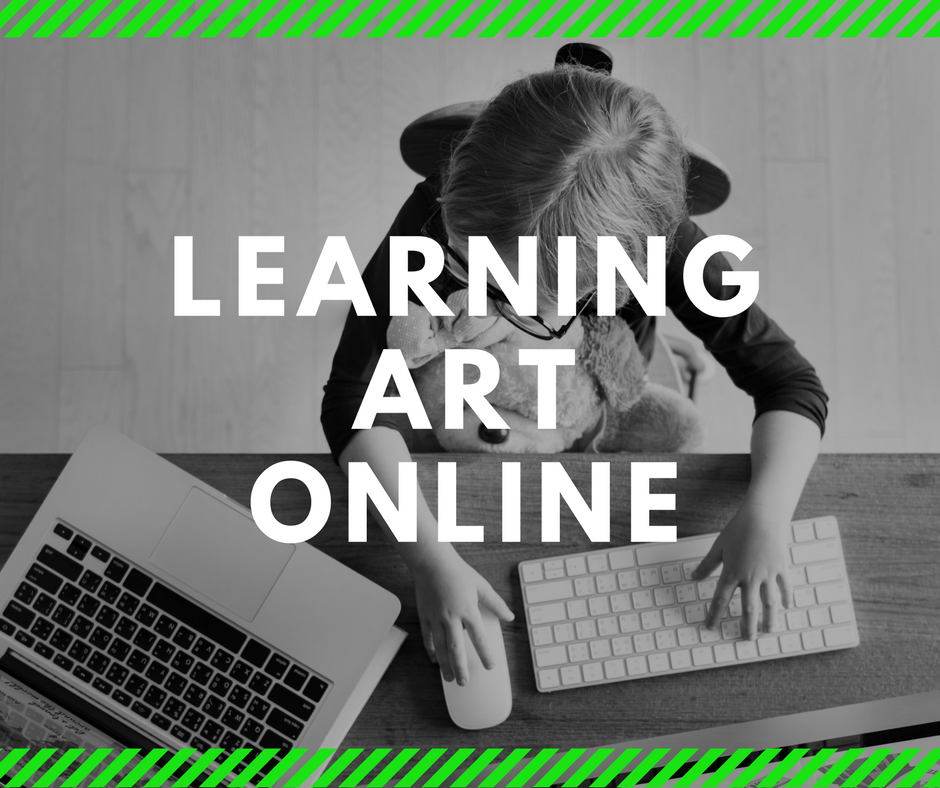The effects of technology on our minds is a contested topic that’s bound wreak havoc on any casual dinner conversation. Since technology use is expanding rapidly and evolving in ways we cannot predict, it is difficult for researchers to conduct longitudinal studies across diverse samplings. The technologies we use change so quickly and in turn, we adjust our habits of use to fit the changing technology. It is a race to keep up with this pace as researchers scramble to collect and analyze data in ways that will provide accurate and useful insight into how technology relates to our minds.
This week, we are sharing work that explores associations between our minds and the ways we use technology. Here is a collection of resources to spark your thinking about our complicated relationship with technology:
BOOK: The Shallows: What the internet is doing to our brains
In Nicholas Carr’s 2011 Pulitzer Finalist, The Shallows, Carr explores the ongoing debate about the potential and danger of technology. This collection of essays takes on topics across a wide spectrum ranging from brain science to popular culture. If you’re looking for a thought provoking read that takes up deep questions, this book is for you.
BLOG: Brainpickings
In a recent essay on her blog Brainpickings, Maria Popova reflects on the relationship between technology, commodity, and creativity. Drawing on the personal writings of Virginia Woolf, John Herschel’s contributions to the development of photography, and Julia Margaret Cameron’s soft-focus photographic portraiture, Popova laments what is lost in an artistic medium when it becomes so easy to access. Are our minds exercising the same creativity when our Instagram photos rely on “ready-made filters that have purported to supplant the artistry of light, shadow, and composition?”
VIDEO: How technology influences our brains
After realizing that he had become addicted to his smartphone, NPR’s Guy Raz discusses why and how he stripped down his device until he was left with a simple phone with a built in camera. In just seven-and-a-half minutes, Razz touches on the challenges researchers face as they investigate rapidly changing technologies and he shares why we must remember that as humans, we’re wired for direct social interaction.

